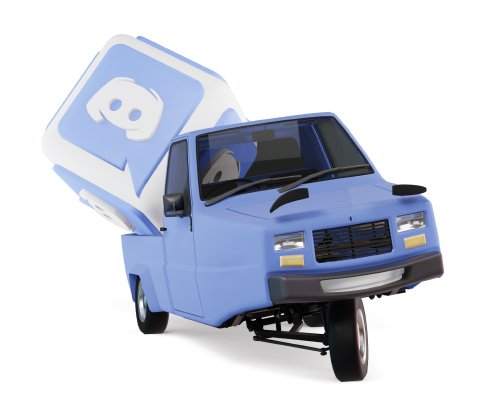
Here’s an overall view of how bindings work in BeamNG.drive.
A hardware device plugged into your computer.
Also called “device” or “input device”.
E.g. keyboard, mouse, joystick, steering wheel, gamepad, android remote app.
Each key, button or axis in a controller.
E.g. space bar key, left mouse button, horizontal stick axis, right pedal.
An input event is how the game engine tracks each movement (or change in state) of a Control .
In-game activities that can take place after the player has manipulated a Control .
E.g. steer left, change camera, toggle menu.
For detailed information, refer to Actions .
The user interface (e.g. Options > Controls menu) can sort actions into categories. This makes them easier to navigate by the user.
E.g. ‘vehicle’, ‘slowmotion’, ‘debug’, etc.
For detailed information, refer to Action categories .
Relation between actions and controls.
(sometimes also called input mapping or inputmap)
E.g. up arrow <-> accelerate, escape key <-> toggle menu, left pedal <-> engage clutch.
Each control can be bound to zero, one or more actions.
Bindings may or may not be active, depending on context.
E.g. menu bindings won’t be active if the menu is closed.
For detailed information, refer to Bindings .
A set of bindings , which can be de/activated in group, and its priority changed at any time.
For detailed information, refer to Action Maps .
A file containing the bindings for a controller.
E.g. settings/inputmaps/keyboard.json, settings/inputmaps/mouse.diff
The default inputmaps use json extension. The user configuration use diff extension (they specify which bindings have changed and how: removals, additions, modifications, etc.
The way bindings work is the following:
Was this article helpful?
